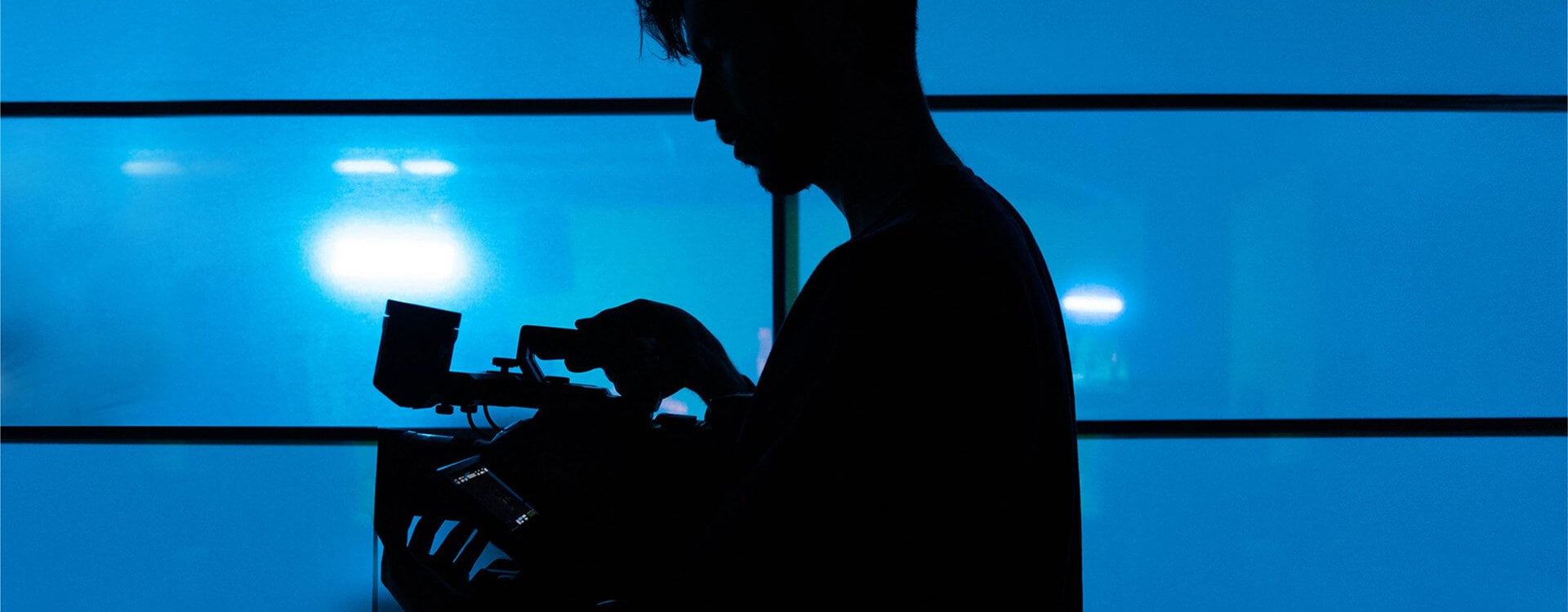Highlights
Table of Contents
Explore article topics
Over the years, we have picked up quite a few tips, techniques and hacks that helped us during our productions. Not wanting to keep them to ourselves, we decided to launch a 14-day film school, with short daily videos that touch the various aspects of filmmaking, from the pre-production stage all the way to post-production. To make things easier for you, we’ve gathered all those videos into this post.
Let’s begin.
How to Create Color Contrast
In the first episode, you’ll learn what it takes to achieve effective color contrast, which is created when you have two colors that are on the opposite sides of the color wheel, like yellow and blue or red and green. Color contrast should be on your mind when setting up the props on your set, deciding on the lighting setup and when color grading.
Understanding Catchlights
Catchlights are the reflections created in your subject’s eye by the lighting instrument you are using. See how you can use this often overlooked tool to draw your audience’s attention to the eyes and bring life and emotions to your subject.
How to Use transitions for creative storytelling
Your transition not only needs to be seamless and dynamic, but it should also support your narrative. Here we take a close look at why and when you should use a video transition between two shots.
How to Green Screen Like a Pro
A green screen can be a magical tool that gives you a lot of flexibility, but it could also be a disaster if you don’t do it the right way. Check out this video to learn the dos and the don’ts of using a green screen and save yourself tons of frustration and time in post-production.
How to Shape and Texturize Light
By setting up different objects in front of your light source, you can create interesting effects, from the most practical to the purely stylistic. You can be really creative with it and try out many options, like cheap shutters to a kitchen strainer, a water tank and many more. Take a look.
How to Create Cinematic Depth Using Haze
Whether for diffusing and softening the lights on the set, giving an image a cinematic feel or for stylistic purposes, haze is one of those tools that can instantly improve your scene. Learn why and how you should use it in your next video production and what you can do if you don’t have a haze machine.
Why You Should Combine Practical Effects with CGI
Learn why using practical effects with CGI will give you the best VFX results. Not only will it make your video more realistic, but it will also save you lots of time in post-production!
How to Use a Screen to Create Stunning Backgrounds
Learn an easy, yet powerful filmmaking hack to create awesome backgrounds for your product shots using a simple computer or TV screen. With a solid or gradient colorized image or a cool video loop, you can make your product shots more interesting. We’ll also show how you can use a screen to create practical effects that look realistic!
How to Use RGB lights
RGB (short for Red, Green and Blue) lights are a great tool to help motivate your story by setting a specific mood. Here, you will see a couple of examples of how you can use them effectively to set a unified tone and convey the feeling you want.
Get unlimited royalty-free 4K footage
How to Use References in Your Creative Workflow
In this video, you’ll learn about using references. It’s an excellent way to get inspiration, and it can also help you get a clear vision for your ideas when it comes to editing, color grading, cinematography, to anything else along the creative process.
How to Use Practical Lights
Practical lights are essentially lights that are visible in your frame. They could be “regular” lights like desk lamps, ceiling fixtures, TV screens, or Christmas lights, but you can also use artificial light as a practical light. It’s a great way to add interest, depth, and realism to your scenes.
How to Film a Vertical Video
Vertical videos have become an inseparable part of today’s video content realm, and everyone, from influencers to big brands are using them. See what you need to take into consideration if you want to turn your wide format video to a vertical one as well as what to plan for when shooting straight up vertical.
How to Use Audio Filters
The sound design of your video could have the same powerful effect on your storytelling as your visuals. In this episode, you’ll learn how to use two types of audio filters – the low-pass and high-pass filters – to create impactful scenes.
How Art Direction Impacts Your Video
Often overlooked, art direction includes everything related to the look of the production: set design, furniture, props and wardrobe. In the final episode of our film school, you’ll see how by taking the time to think about art direction, you’ll be able to create videos that have a unified style and a unique identity.
Hope you’ll find these tips useful in your future productions. You are more than welcome to share your tips with us and stay creative!
Share this article
Did you find this article useful?
Related Posts
- By Daniela Bowker
- 17 MIN READ
Latest Posts
- 25 Apr
- By Josh Edwards
- 4 MIN READ
